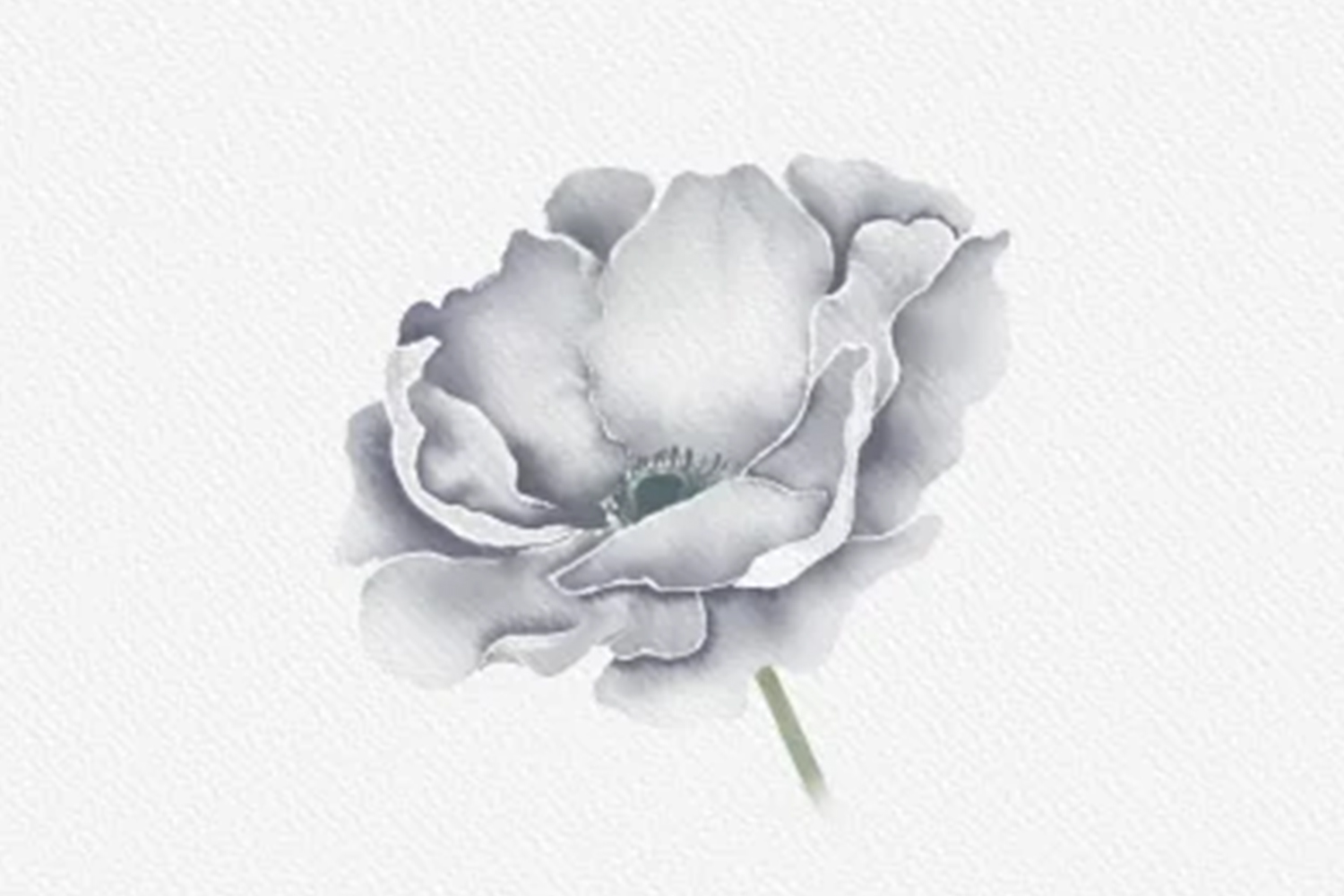Cleo Samantha is a botanical watercolor artist. In this blog, she will showcase how she uses her favorite traditional watercolor techniques in digital artwork. Let's explore the possibilities that Rebelle can offer to the watercolor artists wanting to create beautiful floral designs.
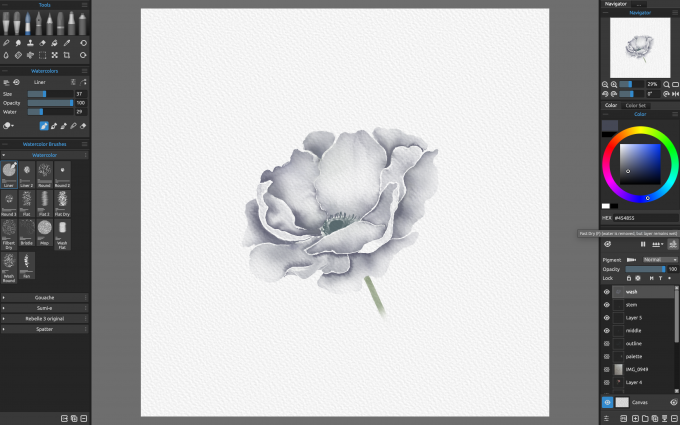
One of the advantages when deciding for digital instead of traditional watercolor is the scalability of the artwork when producing art for surface printing - we can achieve a high-quality render that won't pixelate when using digital artwork.
When using traditional watercolor, one of the most important rules that you should always keep in mind is that you must build up the color slowly, from light to dark. This same rule still applies to digital watercolors! Start with a light wash of color, then add a glaze, and finally add some detail.
Let's dive into some traditional techniques while creating a simple loose flower design in Rebelle 5.
Wet on Wet
This is the quintessential watercolor technique. With the wet-on-wet technique, you can create the ethereal and dreamy textures that watercolor is so well known for. Wet-on-wet produces the signature light effects we see in famous watercolor paintings from Master Watercolor Artist J.M.W. Turner. This technique requires that you use a wet brush to apply a thin layer of water to the paper before applying a touch of color. I suggest using a medium brush with approximately 20% Opacity and 30 – 40% Water when trying this in Rebelle. A rule of thumb is always to use less paint than you think suitable! It is better to build the color up slowly. Apply a thin wash to each petal of the flower. You can increase the opacity by 5-10% for the front petals to create more depth in your artwork. Leave a border between each petal to ensure that the petals don't bleed into each other - this is important when using any wet technique. 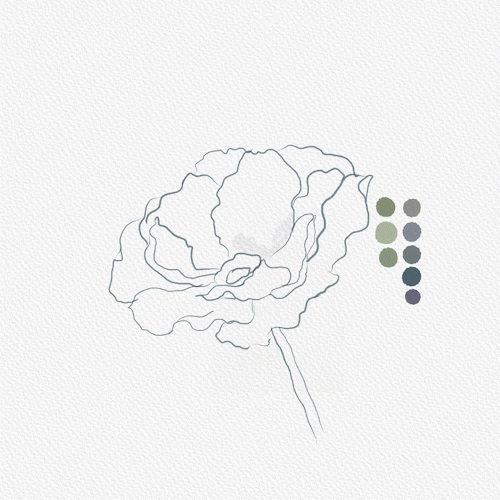
Dry Brush
The dry brush technique is suitable for adding detail to an artwork. I suggest using a Dry brush with approximately 60% Opacity and 10% Water. I used the dry brush method to create the detailing in the middle of the flower. The lower water content and higher paint opacity ensure that the paint won't run/spread - giving you more control over paint placement. 
Blending - Two Brush Technique
My personal favorite technique! Blending is the trickiest technique in watercolor. It requires one thinner dry brush and a larger wet brush.
Your thinner brush should be approximately 10-20% Water and more than 60% Opacity. Your bigger wet brush should have 60% Water and 10-20% Opacity.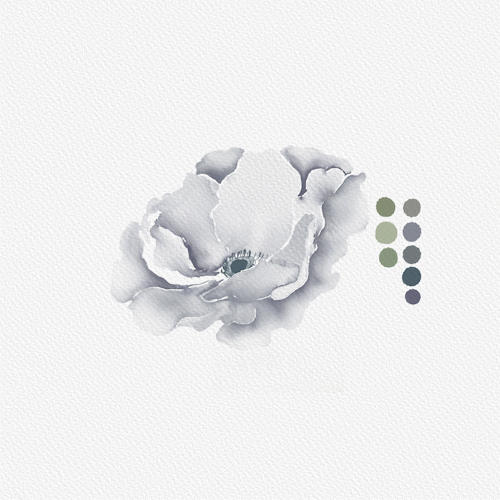 The traditional way is to apply a line of paint with your thin dry brush and then blend out the edge with the bigger wet brush. You can use a similar method in digital watercolor by applying a thin line of color and then lowering the opacity and increasing the water - apply this over the line of color, towards the edges of the petal.
The traditional way is to apply a line of paint with your thin dry brush and then blend out the edge with the bigger wet brush. You can use a similar method in digital watercolor by applying a thin line of color and then lowering the opacity and increasing the water - apply this over the line of color, towards the edges of the petal.
Glazing
Glazing is a wet-on-wet technique. However, it is a different technique than we explained earlier. Apply one color on top of a different color, while working with wet surface. Because the paper is wet, these colors will mix to produce a new color.
Glazing requires some basic knowledge of color theory. For example, if your first wet wash is yellow and you add the blue glaze on top, you will get a green color. I've added a light green glaze over parts of the petals. Green over purple will dull down the purple, creating a grey green-purple. I do this in my traditional artworks to create shadows.This is a traditional technique that I love and it translated well into digital with Rebelle’s advanced pigment mixing technology.
I've added a light green glaze over parts of the petals. Green over purple will dull down the purple, creating a grey green-purple. I do this in my traditional artworks to create shadows.This is a traditional technique that I love and it translated well into digital with Rebelle’s advanced pigment mixing technology.
And here’s the finished piece!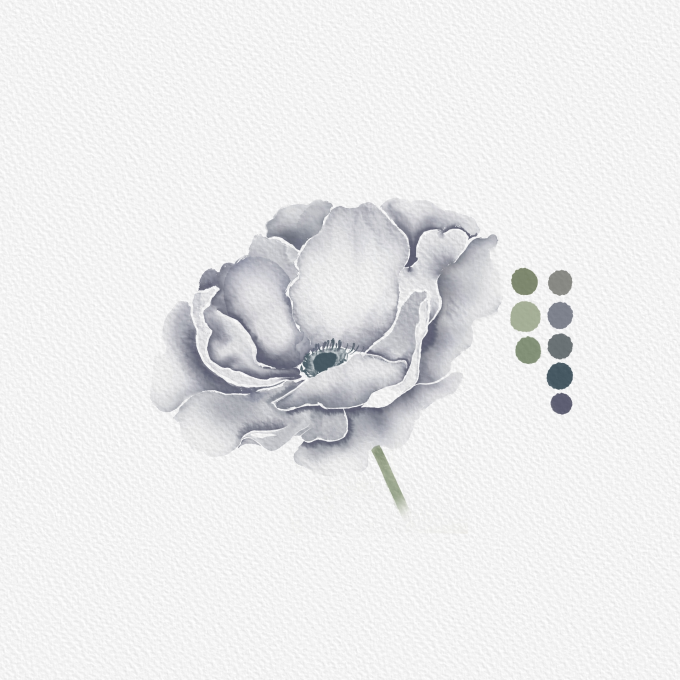 I hope you enjoyed exploring traditional watercolor techniques and implementing them digitally with Rebelle. Let me know if you decide to give Rebelle a try for botanical watercolor painting. I sure am glad I did!
I hope you enjoyed exploring traditional watercolor techniques and implementing them digitally with Rebelle. Let me know if you decide to give Rebelle a try for botanical watercolor painting. I sure am glad I did!
Happy Painting!
Escape Motions
text and images provided by Cleo Samantha
Cleo Samantha is a fine artist, who lives and works in Victoria, Australia.
Visit her website: cleosamantha.com

